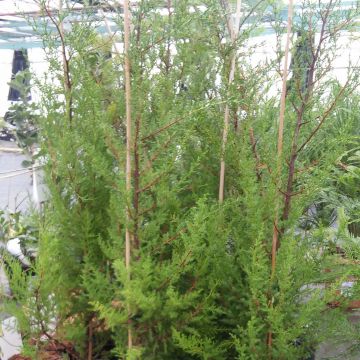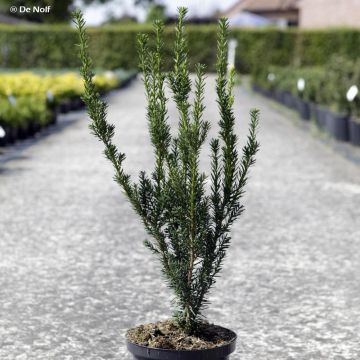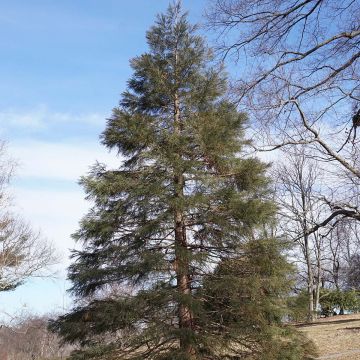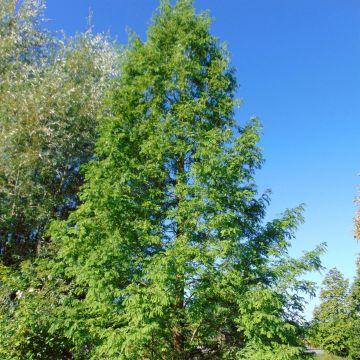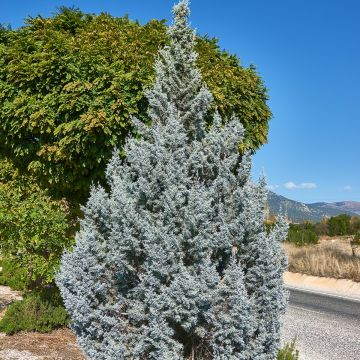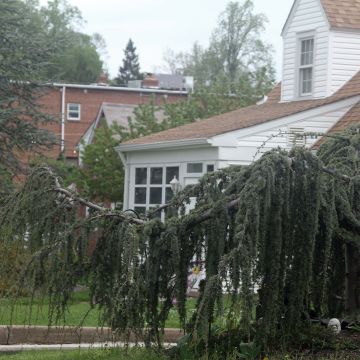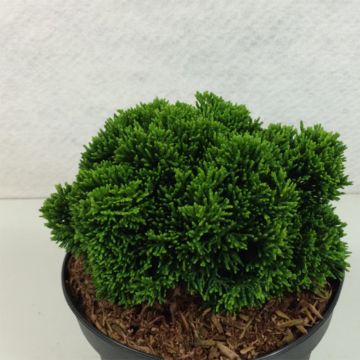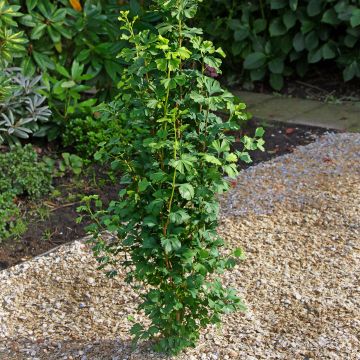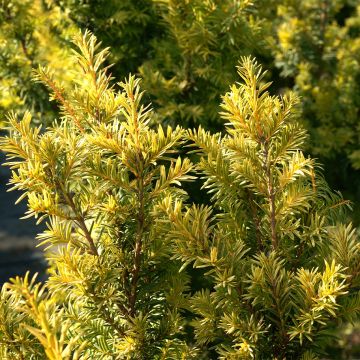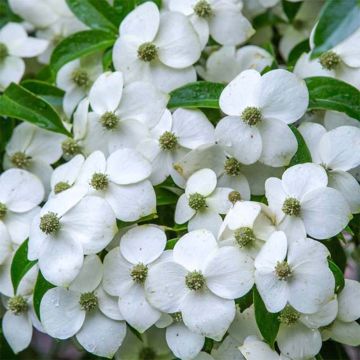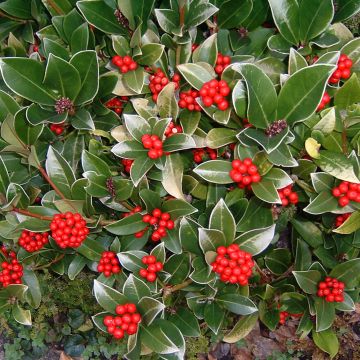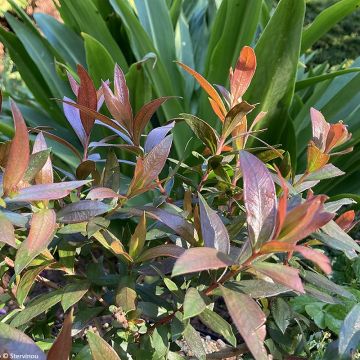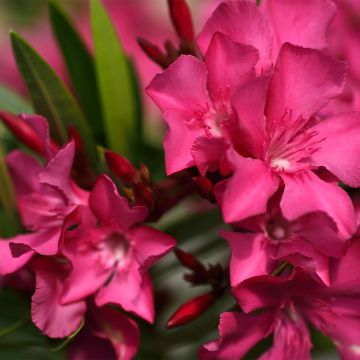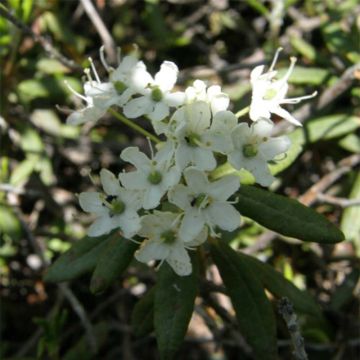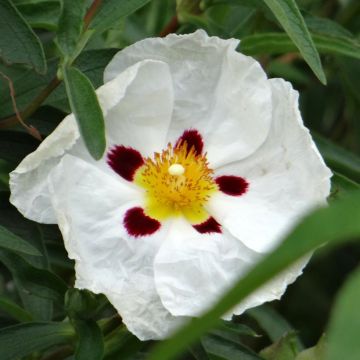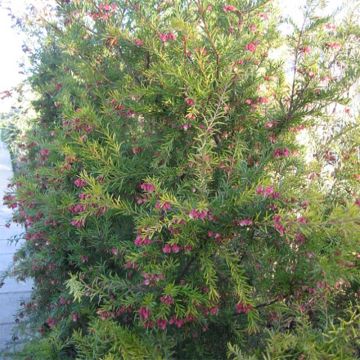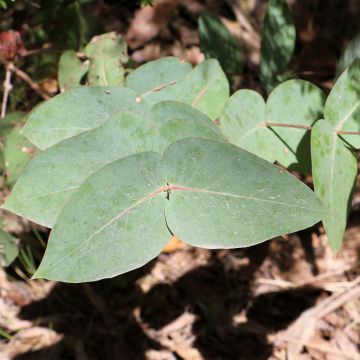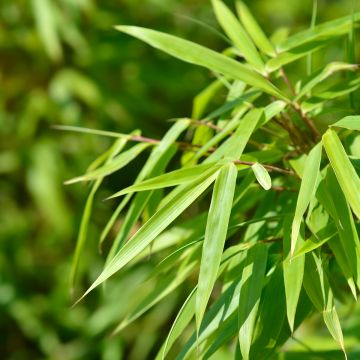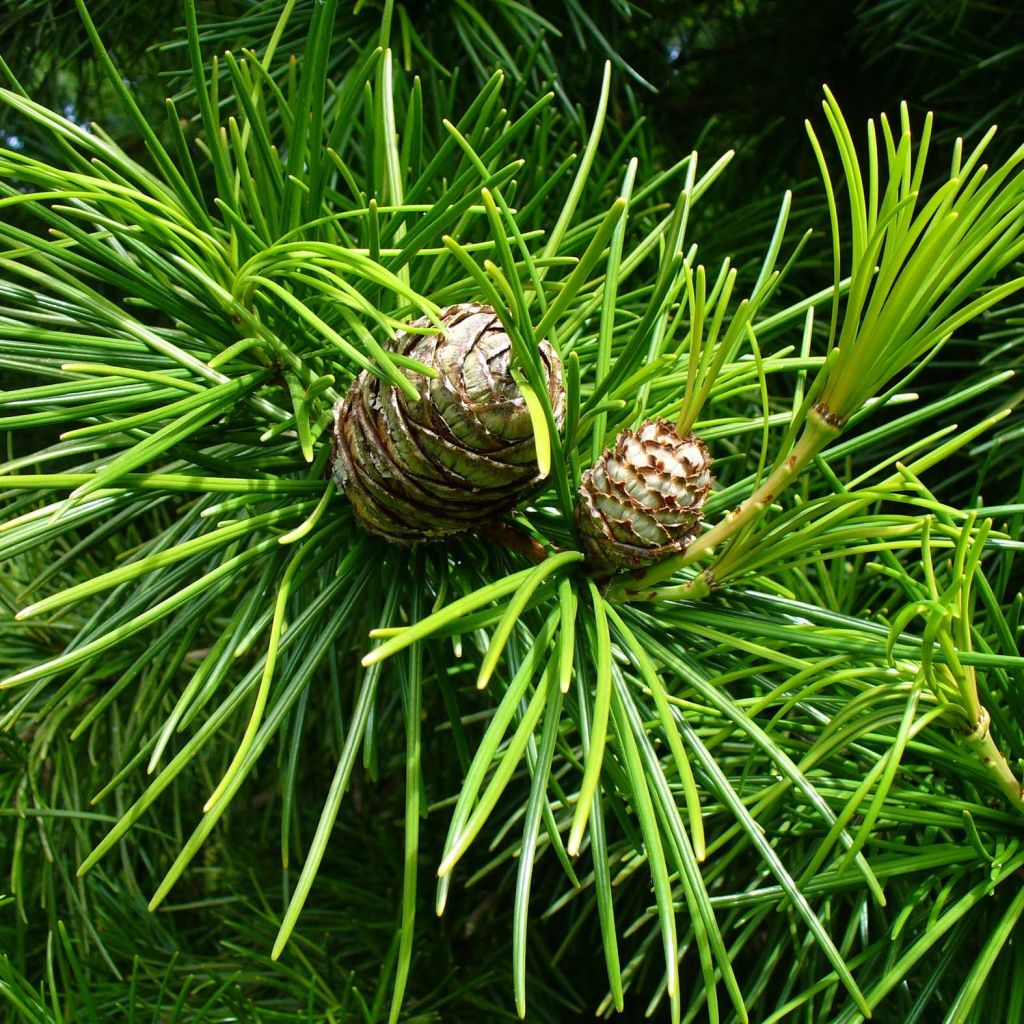

Sciadopitys verticillata
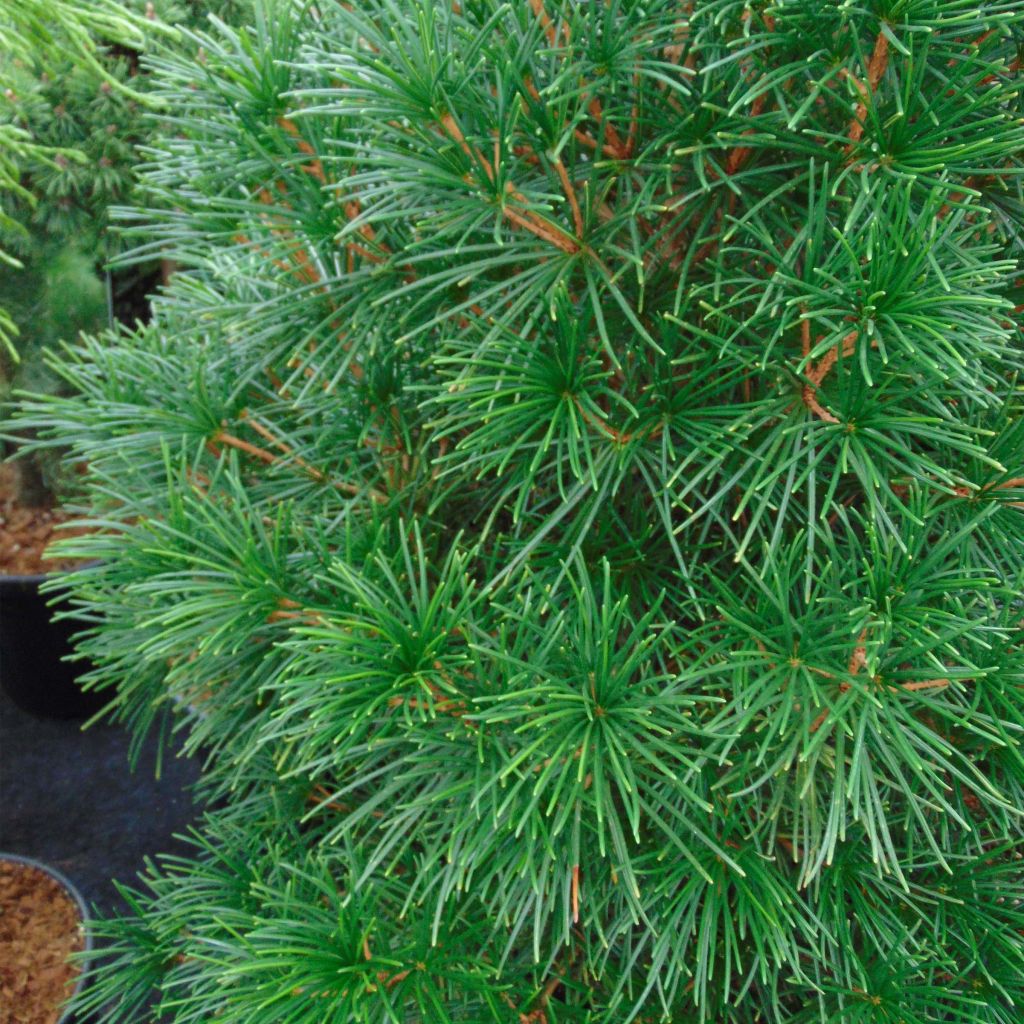

Sciadopitys verticillata
Sciadopitys verticillata
Sciadopitys verticillata
Japanese Umbrella Pine
This item cannot be shipped to the selected country
Delivery charge from €5.90
Delivery charge from €5.90
More information
Schedule delivery date,
and select date in basket
This plant carries a 24 months recovery warranty
More information
We guarantee the quality of our plants for a full growing cycle, and will replace at our expense any plant that fails to recover under normal climatic and planting conditions.
From €5.90 for pickup delivery and €6.90 for home delivery
Express home delivery from €8.90.
From €5.90 for pickup delivery and €6.90 for home delivery
Express home delivery from €8.90.
Does this plant fit my garden?
Set up your Plantfit profile →
Description
The Japanese umbrella pine, also known as Sciadopitythis verticillata or Koyamaki, is a unique and remarkable conifer that is the last living representative of its genus and family. Its long light green needles are arranged in a cluster around the branch, which is what makes it unique.
The Japanese umbrella pine is an endemic species of Japan and belongs to the family Sciadopityaceae. The Koyamaki has a pyramidal and dense shape, reaching heights of up to 30 metres (98 feet) in Japan, but in Europe its size will be much more modest, rarely exceeding 15 metres (49 feet) in height, which is also due to its very slow growth rate of only 15cm (6in) per year. Its spread can reach up to 10 metres (33 feet) for mature specimens. Its leaves are long, persistent light green needles arranged in whorls, meaning in a circle around the branch. The bark is thick and dark, resembling that of a Sequoia. The fruit is a small cone characteristic of pines. There are many dwarf selections of Sciadopytis in Japan.
Plant the Japanese umbrella pine in deep, cool, acidic soil that is not calcareous, it particularly appreciates rich and humus-rich soil. It should be planted in a semi-shaded area in the hottest regions and in full sun in cooler regions, always protected from the wind. A humid climate is favorable, as Koyamaki does not tolerate drought. However, it is hardy down to -20°C (1°F).
The Japanese umbrella pine is cultivated as a standalone ornamental tree or in a rock garden, and it integrates particularly well in a Japanese garden, for example as a pruned and trained Niwaki. It is ideal for small gardens and can also be grown in a large pot due to its slow growth. Combine it with heathers and perennials, bulbs, or near Japanese maples with red or purple foliage to contrast with the colors and shape of the leaves.
The presence of this tree is common around Mount Koya in Japan, hence the name Koyamaki. As its wood is resistant to humidity, it was used in boat construction in Japan.
Report an error about the product description
Sciadopitys verticillata in pictures
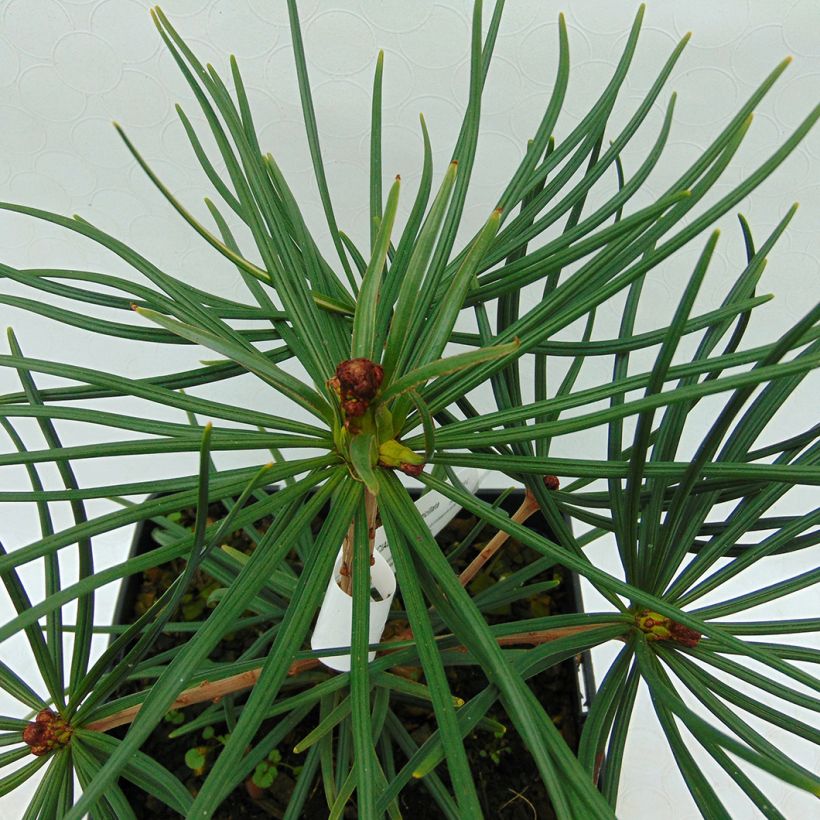

Plant habit
Foliage
Botanical data
Sciadopitys
verticillata
Pinaceae
Japanese Umbrella Pine
East Asia
Other Conifers A to Z
Planting and care
Sciadopitys verticillata is planted from September to November and from February to June in well-drained soil, rather poor, with a tendency to be limestone or rich in silica (sand) as is often the case by the sea. It is not demanding on the nature of the soil, and adapts equally well to a deep and fresh soil, if it is properly drained and not too clayey, as it does to a stony soil. Choose a sunny or semi-shaded location depending on your region. Do not disturb it, its root system needs to firmly anchor itself in the soil to withstand both drought and wind. Soak the clods well before planting. Stake your young Japanese umbrella pine, water it regularly to help it establish, especially in summer, during the first 2 or 3 years. Add organic amendment at planting (crushed horn, Or brun...) Optionally, every year in April, apply a special conifer fertilizer and weed the soil in summer. Pruning is not necessary, except to shape the tree or remove branches that die at the base of the trunk as it grows.
Planting period
Intended location
Care
-
, onOrder confirmed
Reply from on Promesse de fleurs
Evergreen shrubs
Haven't found what you were looking for?
Hardiness is the lowest winter temperature a plant can endure without suffering serious damage or even dying. However, hardiness is affected by location (a sheltered area, such as a patio), protection (winter cover) and soil type (hardiness is improved by well-drained soil).

Photo Sharing Terms & Conditions
In order to encourage gardeners to interact and share their experiences, Promesse de fleurs offers various media enabling content to be uploaded onto its Site - in particular via the ‘Photo sharing’ module.
The User agrees to refrain from:
- Posting any content that is illegal, prejudicial, insulting, racist, inciteful to hatred, revisionist, contrary to public decency, that infringes on privacy or on the privacy rights of third parties, in particular the publicity rights of persons and goods, intellectual property rights, or the right to privacy.
- Submitting content on behalf of a third party;
- Impersonate the identity of a third party and/or publish any personal information about a third party;
In general, the User undertakes to refrain from any unethical behaviour.
All Content (in particular text, comments, files, images, photos, videos, creative works, etc.), which may be subject to property or intellectual property rights, image or other private rights, shall remain the property of the User, subject to the limited rights granted by the terms of the licence granted by Promesse de fleurs as stated below. Users are at liberty to publish or not to publish such Content on the Site, notably via the ‘Photo Sharing’ facility, and accept that this Content shall be made public and freely accessible, notably on the Internet.
Users further acknowledge, undertake to have ,and guarantee that they hold all necessary rights and permissions to publish such material on the Site, in particular with regard to the legislation in force pertaining to any privacy, property, intellectual property, image, or contractual rights, or rights of any other nature. By publishing such Content on the Site, Users acknowledge accepting full liability as publishers of the Content within the meaning of the law, and grant Promesse de fleurs, free of charge, an inclusive, worldwide licence for the said Content for the entire duration of its publication, including all reproduction, representation, up/downloading, displaying, performing, transmission, and storage rights.
Users also grant permission for their name to be linked to the Content and accept that this link may not always be made available.
By engaging in posting material, Users consent to their Content becoming automatically accessible on the Internet, in particular on other sites and/or blogs and/or web pages of the Promesse de fleurs site, including in particular social pages and the Promesse de fleurs catalogue.
Users may secure the removal of entrusted content free of charge by issuing a simple request via our contact form.
The flowering period indicated on our website applies to countries and regions located in USDA zone 8 (France, the United Kingdom, Ireland, the Netherlands, etc.)
It will vary according to where you live:
- In zones 9 to 10 (Italy, Spain, Greece, etc.), flowering will occur about 2 to 4 weeks earlier.
- In zones 6 to 7 (Germany, Poland, Slovenia, and lower mountainous regions), flowering will be delayed by 2 to 3 weeks.
- In zone 5 (Central Europe, Scandinavia), blooming will be delayed by 3 to 5 weeks.
In temperate climates, pruning of spring-flowering shrubs (forsythia, spireas, etc.) should be done just after flowering.
Pruning of summer-flowering shrubs (Indian Lilac, Perovskia, etc.) can be done in winter or spring.
In cold regions as well as with frost-sensitive plants, avoid pruning too early when severe frosts may still occur.
The planting period indicated on our website applies to countries and regions located in USDA zone 8 (France, United Kingdom, Ireland, Netherlands).
It will vary according to where you live:
- In Mediterranean zones (Marseille, Madrid, Milan, etc.), autumn and winter are the best planting periods.
- In continental zones (Strasbourg, Munich, Vienna, etc.), delay planting by 2 to 3 weeks in spring and bring it forward by 2 to 4 weeks in autumn.
- In mountainous regions (the Alps, Pyrenees, Carpathians, etc.), it is best to plant in late spring (May-June) or late summer (August-September).
The harvesting period indicated on our website applies to countries and regions in USDA zone 8 (France, England, Ireland, the Netherlands).
In colder areas (Scandinavia, Poland, Austria...) fruit and vegetable harvests are likely to be delayed by 3-4 weeks.
In warmer areas (Italy, Spain, Greece, etc.), harvesting will probably take place earlier, depending on weather conditions.
The sowing periods indicated on our website apply to countries and regions within USDA Zone 8 (France, UK, Ireland, Netherlands).
In colder areas (Scandinavia, Poland, Austria...), delay any outdoor sowing by 3-4 weeks, or sow under glass.
In warmer climes (Italy, Spain, Greece, etc.), bring outdoor sowing forward by a few weeks.

































